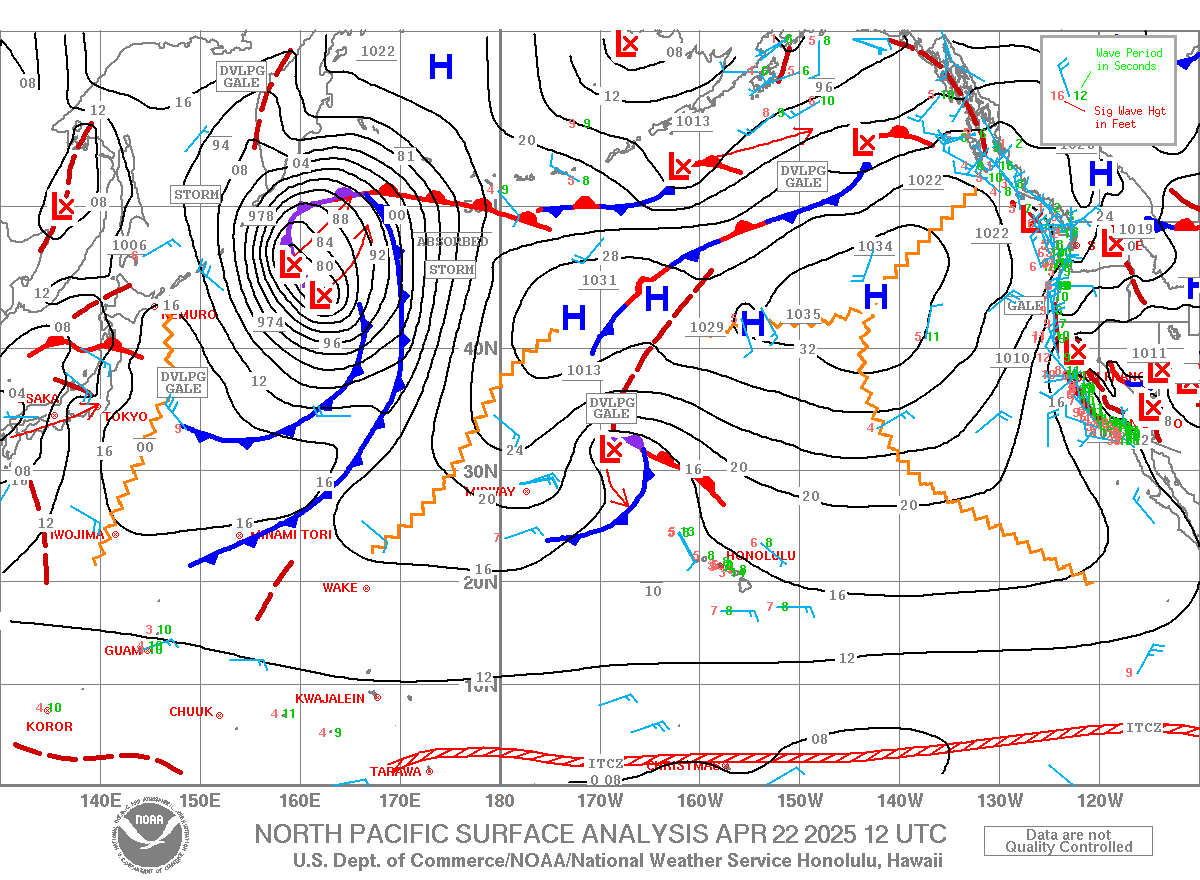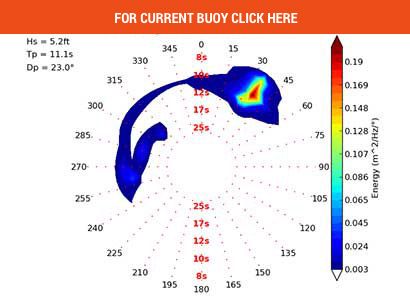Big Picture
BIG Picture updated 6/8 at 530pm
Monday, June 9th – Tuesday, June 17th
Strengthening trades through the week with typical windward and mauka showers…
An expansive ridge of high pressure covered the entire central and eastern North Pacific over the weekend. Normally, this would bring moderate to fresh paced (10-25mph) trades but a series of weak disturbances lingered NW of Hawaii and weakened the ridge locally. This has led to light to moderate (5-15mph) E-ENE trades over the weekend. The disturbance will develop slightly on Monday, and this should cause the light to moderate trades to veer from the ENE to the East on Monday. Speeds should increase to moderate on Tuesday (10-20mph) and moderate to fresh on Wednesday. For Thursday and Friday, the direction should shift ENE as the distance dissipates. Trades will ramp another notch over the weekend to fresh paces (15-25mph) before backing down slightly early next week. Fair weather consisting of isolated to scattered windward and mauka showers will continue all week.
Surf Outlook –
North Shore: A mix of tiny swells and trade wind swell wrap…
Recent/Now: Surf on Sunday was 0-1’ Hawaiian scale on a mix of NE trade wind swell wrap and a 11 second period NW swell. The source of the NW swell was a weak, quasi-stationary cyclone earlier last week that aimed a small area of 25-30mph winds towards the east. Surf from this swell should drop to traces on Monday as another tiny NNW-N swell arrives.
Finally: On Jun 5, a system south of the central Aleutian Islands developed as it tracked towards the Gulf of Alaska. It initially had winds of 25-30mph, but the fetch intensified to 30-40mph Jun 6 as it accelerated NE before peaking on Jun 7 with 35-45mph winds aimed mostly NE of the islands. It should bring a tiny-small NNW veering N-NNE late Monday to Thursday. Surf should peak on Tuesday and Wednesday at 1-2’. Surf should drop to traces by Friday. Trade wind swell wrap will take over as the primary source of surf for the remainder of the period.
Outlook: Models depict a weak system forming east of the dateline Jun 12-13 followed by another system forming east of Japan that travels eastward Jun 12-14. It could bring tiny NW swells Jun 17-21.
South Shore and West Shore: Smaller surf later this week…
Recent/Now (ABOVE AVERAGE): Surf on Sunday was 3-4’ occ. + on a 16 second period SSW swell. The source was a massive storm that formed SE of New Zealand May 30-Jun 1. It aimed a long, exceptionally wide fetch of 40-55mph to the NE and generated a large area of seas greater than 30’. The swell filled in over the course of last Friday and early Saturday, peaking late Saturday at 3.5’ of swell at 16-18 seconds and reaching solid 5’. The breadth of the fetch enabled significant energy to span a full 5-second period band; As it peaked, high energy spanned the 14-19 second band. Surf should drop to 2-3’ occ. + early Monday, 1-2 occ. + early Tuesday, and 1-occ. 2’ early Wednesday.
Next: A system passing through the Tasman Sea Jun 2-4 set up a wide fetch of 30-40mph Jun 4-6. It induced a compact storm to SE of New Zealand that aimed a very small narrow fetch of 45-55mph winds highest west of the islands. Surf from a SW swell should rise on Thursday, reaching 1-1.5’ by the afternoon. Heights should peak on Friday and Saturday at 1-occ. 2’ from the SSW before dropping on Sunday.
Finally: Models indicate that the aforementioned compact system will grow in size and intensity Jun 9-10. The storm will nudge NE and then steadily weaken into Jun 11. Moderate period forerunners of 16-17 seconds from the SSW should arrive early Sunday. Surf should rise to 1-2’ occ. + late Sunday and hold into early next week. There could be a few 3’ sets on Monday.
Outlook: Modest systems will continue to travel eastward across the South Pacific through mid-Jun. This suggests plentiful, albeit below average, surf from the SW-S through the majority of the month.
East Shores: Wind swell peaking this weekend…
Recent/Now/Next/Finally: Surf on Sunday was 1-2’+ on a dropping 9 second period NE swell. This is towards the tail end of a NE ground swell that peaked last Thursday and Friday. It should be similar to a half notch smaller on Monday. 6 second period E-ENE trade wind swell will become dominant on Thursday with surf at 1-2’. Surf will gradually rise through the week, reaching 1-2’+ on Friday. It should peak at 2-3’ from late Saturday to Monday.
Outlook: Trade winds look to stick around in the foreseeable future. Near to slightly above average surf is likely to hold through much of the week of Jun 16-22.
The next SNN Big Picture will be issued on Sunday, June 15.
Forecaster Jonathan Huynh
Surf Climatology HERE





















